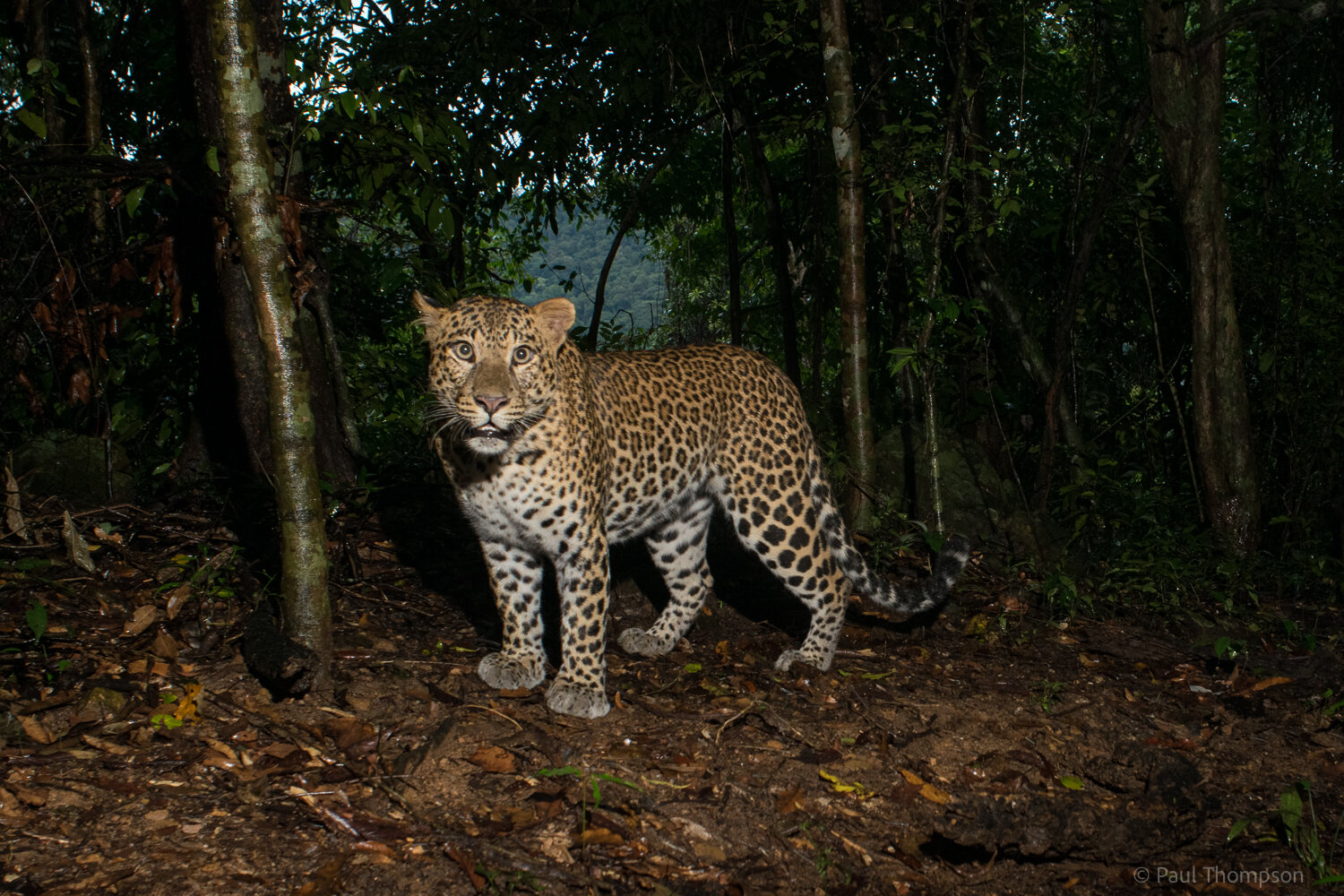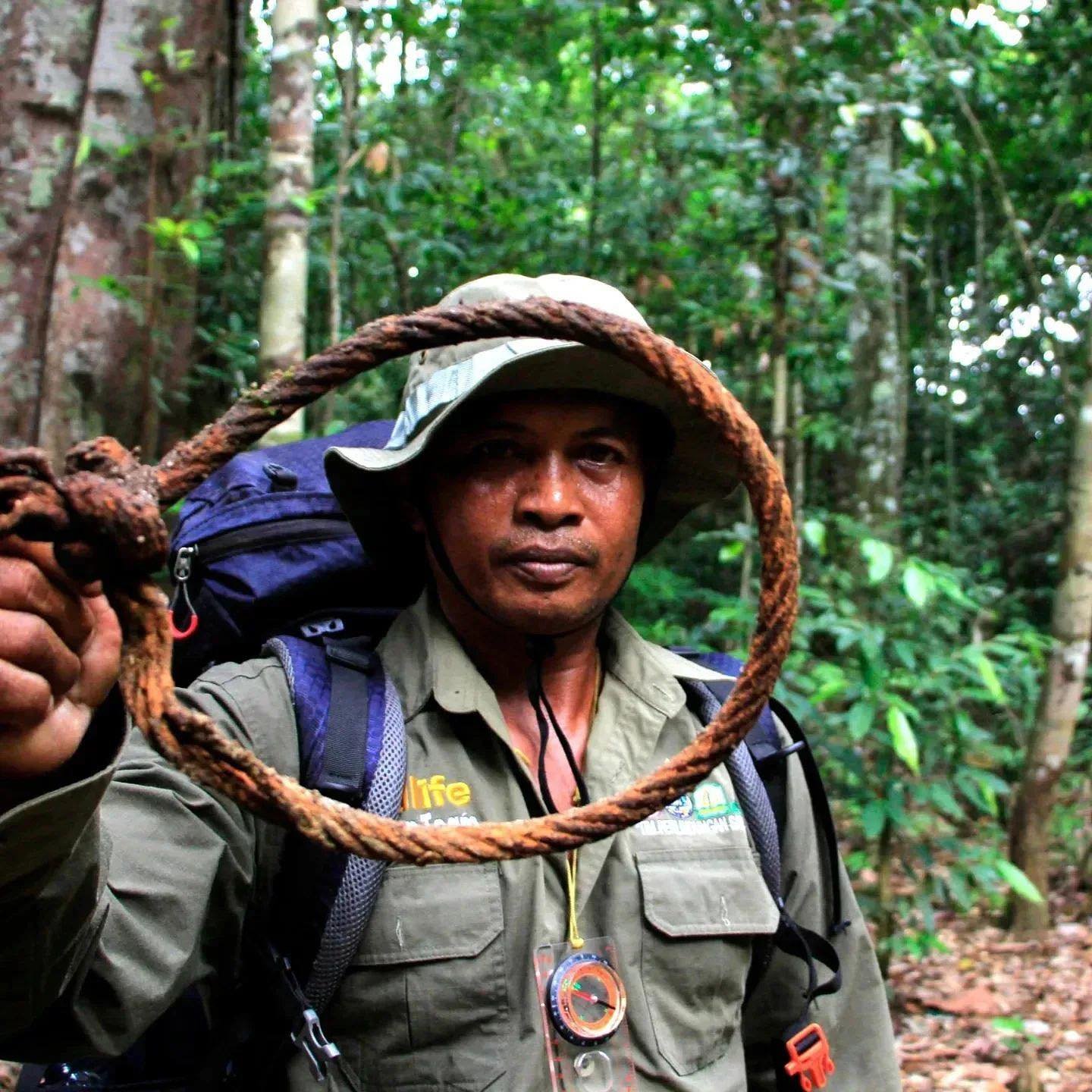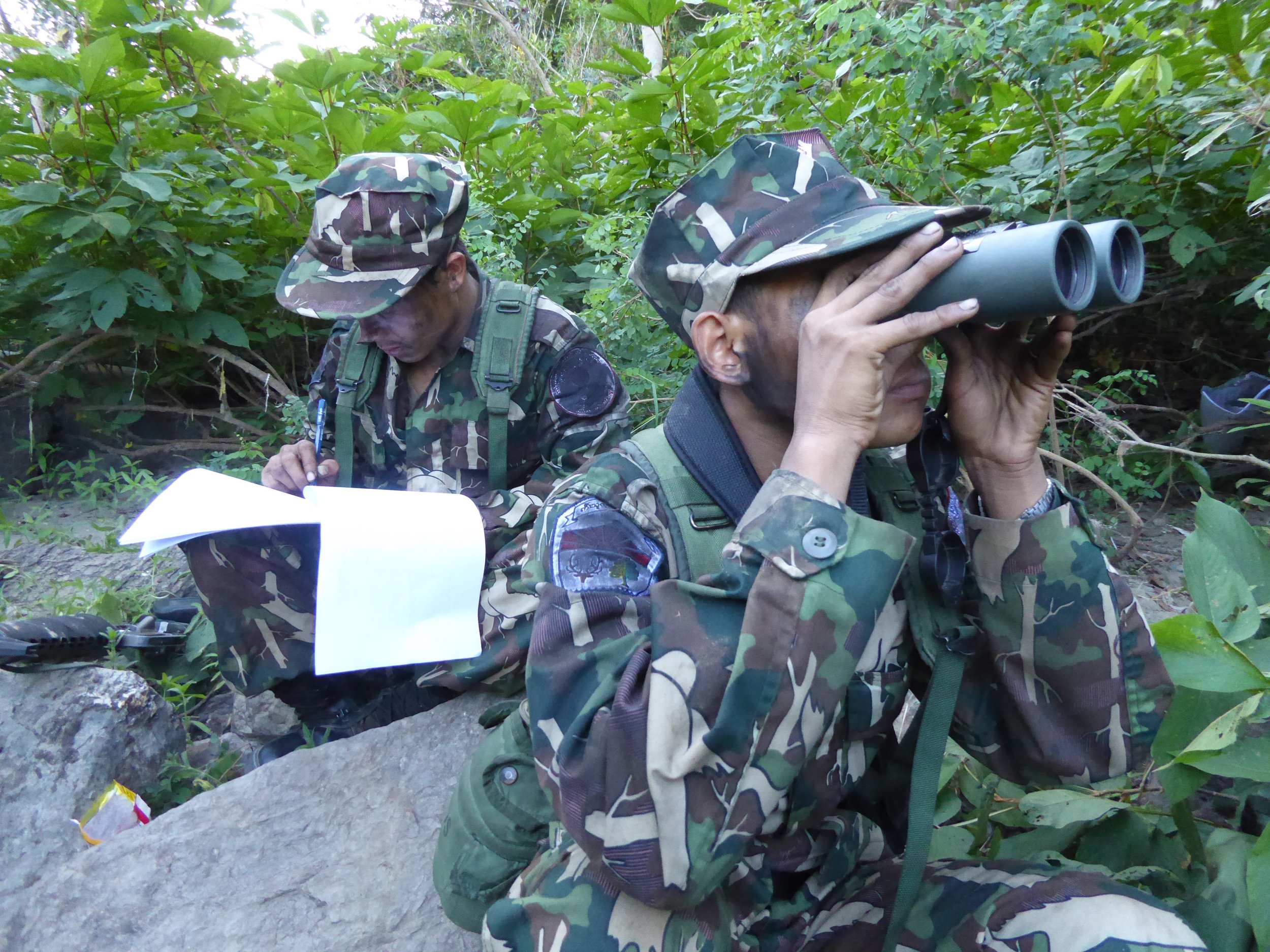
OUR WORLD NEEDS WILD
〰️
OUR WORLD NEEDS WILD 〰️
OUR WORLD NEEDS WILD
〰️
OUR WORLD NEEDS WILD 〰️
OUR WORLD NEEDS WILD
〰️
OUR WORLD NEEDS WILD 〰️
OUR WORLD NEEDS WILD
〰️
OUR WORLD NEEDS WILD 〰️
When you buy one of our prints, you’re helping us to preserve wildlife forever.
Our mission at PARDICOLOR is to support artists and save Earth’s biodiversity. So we created the OUR WORLD NEEDS WILD print campaign to raise funds to save endangered species and secure habitats, preserving invaluable ecological landscapes across the globe for all of our futures.
We collaborate with artists to create vibrant fine art prints, which we print to order or in limited edition runs from Bristol in the United Kingdom. Then we send 100% of the profits from print sales to our conservation partners in South East Asia.
‘Year of the Tiger’
‘Night leopards’
LEARN MORE ↓
LEARN MORE ↓
WHERE WILL YOUR MONEY GO?
When you buy art for good 100% of the funds from the sale of our ‘Year of the Tiger’ and ‘Night Leopards’ prints by Bristol artist Holy Moly go towards Wildlife Asia’s projects saving wild Indochinese tiger and leopard populations in Southeast Asia.
These two incredible big cat species are listed as Endangered and Critically Endangered on the IUCN Red List of Threatened Species, and need urgent protection.
Indochinese tigers (Photograph by Paul Thompson)
Indochinese leopard (Photograph by Paul Thompson)
WILDLIFE ASIA’S CONSERVATION WORK
To ensure the survival of these endangered species and their habitats Wildlife Asia works to secure the protection of existing forest habitats, including the creation of new protected forested areas. They also support critical conservation activities such as ranger patrols to monitor threats to big cats (including combatting poaching, disabling snares and removing poison bait), camera trap remote surveillance and monitoring, wildlife crime investigation, and support for indigenous communities. Wildlife Asia also works to provide sustainable livelihood opportunities for communities living in big cat landscapes.
WHY TIGERS?
Hover on the image to find out
It is 12 years since tiger conservationists, scientists and governments came together and pledged to double tiger numbers in the wild by 2022 - known as TX2. In some areas in tiger landscapes in Asia wild tiger numbers are increasing, such as in Nepal, India and Bhutan. But in Southeast Asian countries they are slipping towards extinction due to illegal poaching and habitat loss.
The COVID-19 pandemic resulted in devastating funding cuts to all Wildlife Asia’s projects across Southeast Asia, including in Indonesia and Myanmar. The added pressure of a military coup in one of the key conservation areas in Myanmar means our project in the Salween Peace Park has suffered since early 2021. The tumultuous conflict in this part of the world is once again wreaking havoc and devastation on local communities. It also means cut funding for wildlife conservation and increased pressures on wild tiger populations there.
In the rest of Southeast Asia, the picture is just as bleak for wild tigers, where they are still under relentless pressure from illegal poaching and trafficking, retaliatory killings, and disappearing habitats thanks to deforestation and fragmentation.
WHY LEOPARDS?
Hover on the image to find out
Indochinese leopards (Panthera pardus delacouri) are Critically Endangered, with an estimated only 700-750 individuals surviving in their range. This subspecies of leopard has become extinct in Singapore, Laos, Vietnam and now occupies only 6.2% of its historical range. It was only declared functionally extinct in Cambodia as recently as 2018.
Remaining Indochinese leopard populations clinging on in Myanmar and Thailand are heavily threatened by deforestation, habitat fragmentation, poaching to supply the illegal trade in wildlife products and hunting. But, despite ongoing political instability and conflict in Myanmar, both Myanmar and Thailand are the last strongholds of the Indochinese leopard (and incidentally, tiger).
Scientists have recommended immediate and decisive conservation action to conserve the Indochinese leopard, including better protection for leopards, their habitat, and their prey. We chose to commission ‘Night Leopards’ and to donate all proceeds to Wildlife Asia so that, in collaboration with local groups and communities, we can help to preserve vulnerable Indochinese leopards in their last strongholds.
STREET CAMPAIGN

























